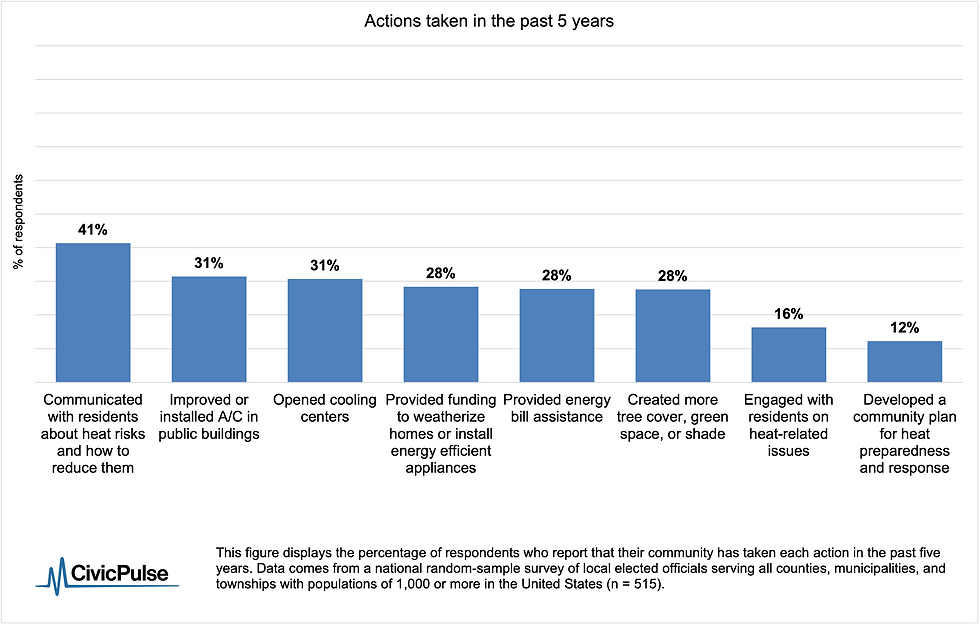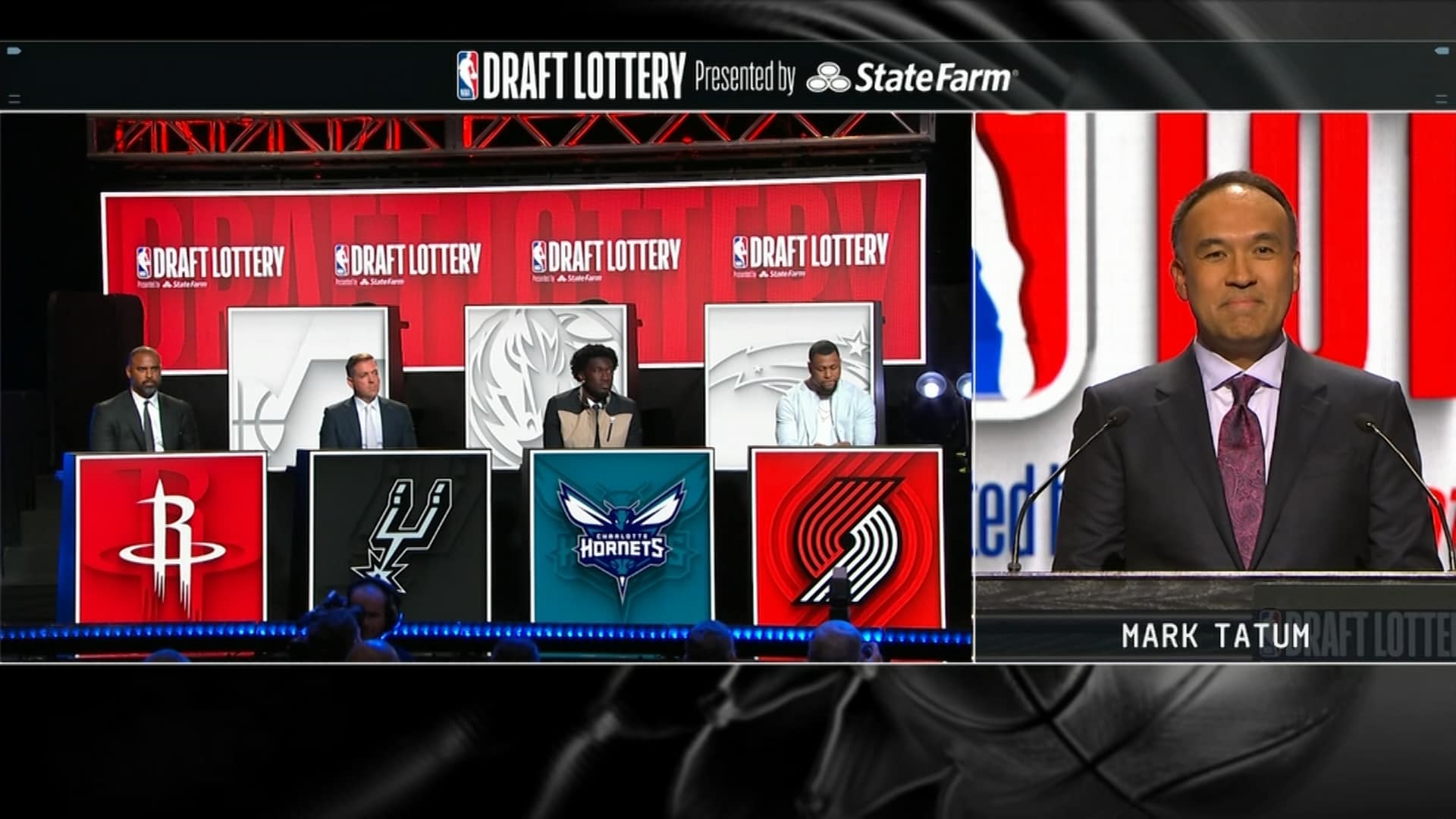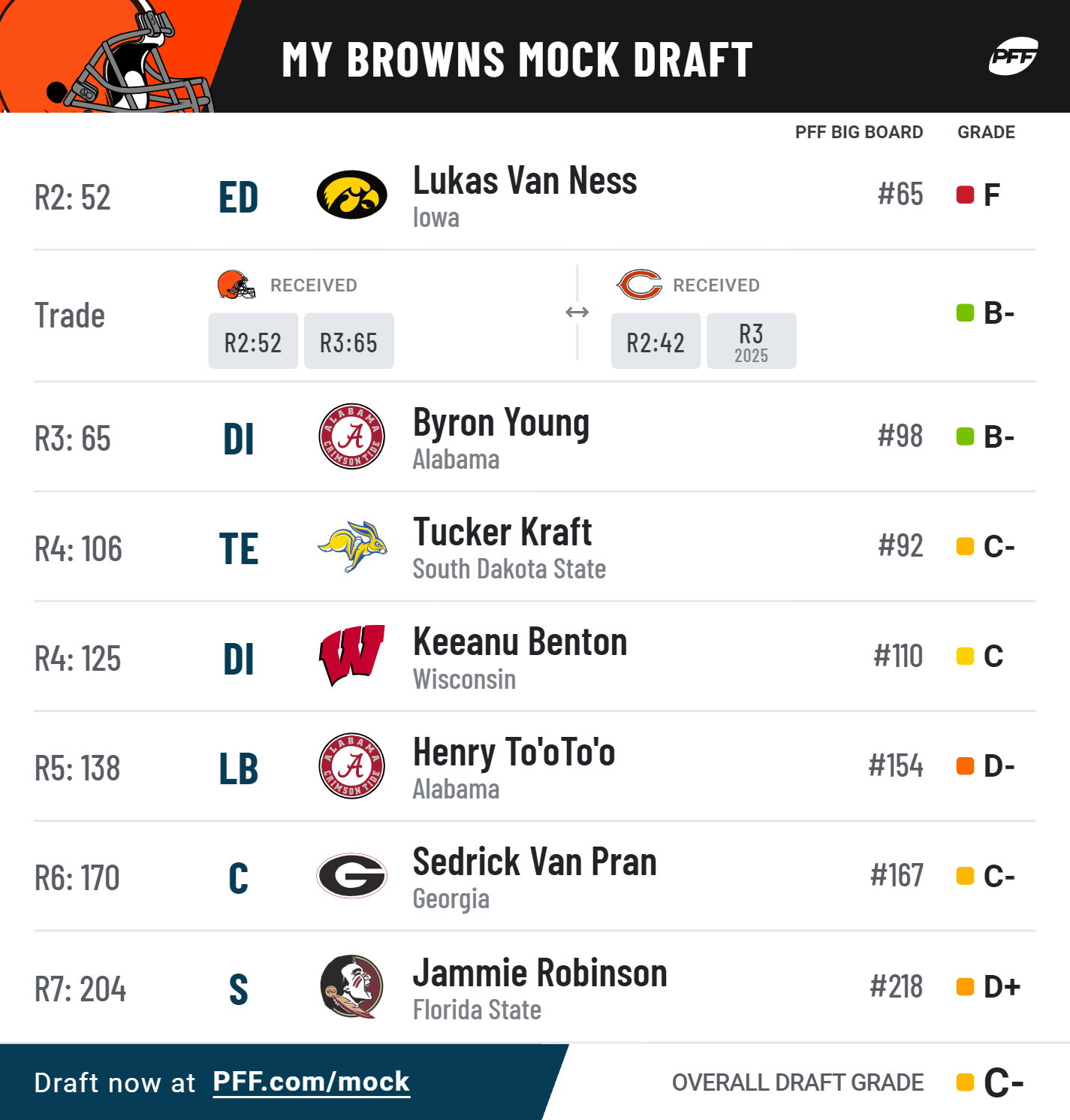Local Health Department Issues Heat Advisory Due To Extreme Temperatures

Table of Contents
Understanding the Risks of Extreme Heat
Extreme heat can lead to serious health problems, including heat exhaustion, heat stroke, and heat cramps. These conditions can be life-threatening, especially for vulnerable populations such as the elderly, young children, and individuals with chronic illnesses. Dehydration is a major contributing factor to all of these heat-related illnesses. Understanding the symptoms and risks is the first step in protecting yourself from the dangers of this heat wave.
- Heat Exhaustion: Symptoms include heavy sweating, weakness, dizziness, headache, nausea, and vomiting. If you experience these symptoms, move to a cool place immediately.
- Heat Stroke: This is a medical emergency. Symptoms include a high body temperature (above 103°F or 39.4°C), confusion, seizures, loss of consciousness, and rapid pulse. Call emergency services (911 or your local emergency number) immediately.
- Heat Cramps: Muscle pains and spasms, often in the legs and abdomen, are common symptoms of heat cramps. These are often caused by dehydration and electrolyte imbalance. Rest, hydration, and electrolyte replenishment are key.
- Vulnerable Populations: Infants, the elderly, people with chronic conditions (heart disease, respiratory illness, diabetes), and those who work outdoors are particularly susceptible to heat-related illnesses. These groups require extra care and attention during a heat advisory.
- Dehydration: Dehydration is a major contributor to heat illness. Drink plenty of water throughout the day, even before you feel thirsty. Avoid sugary drinks, as they can actually dehydrate you further.
Safety Tips to Stay Cool During the Heat Advisory
Taking proactive measures is crucial to prevent heat-related illnesses. This section outlines key heat safety tips for staying cool and safe during this period of extreme temperatures. Remember, prevention is key to avoiding a trip to the emergency room.
- Stay Indoors: Spend as much time as possible in air-conditioned spaces. Libraries, shopping malls, and community centers often offer refuge from the heat.
- Limit Outdoor Activity: Avoid strenuous outdoor activities during the hottest parts of the day (typically between 10 a.m. and 4 p.m.). If you must be outside, take frequent breaks in the shade.
- Dress Appropriately: Wear light-colored, loose-fitting clothing to help your body stay cool.
- Hydration is Key: Drink plenty of fluids, especially water. Avoid sugary drinks and excessive alcohol consumption, as these can dehydrate you.
- Check on Others: Check on vulnerable neighbors, family members, and friends, especially the elderly and those living alone.
- Utilize Cooling Centers: Many communities establish cooling centers during heat advisories. Contact your local health department or city hall for information on nearby cooling centers.
- Seek Shade: When outdoors, seek shade whenever possible. Direct sunlight significantly increases your risk of heat illness.
What to Do if Heat Illness Occurs
Knowing how to respond to heat illness is crucial. This section provides guidance on what steps to take if someone experiences heat exhaustion or heat stroke. Quick and appropriate action can make a significant difference in the outcome.
- Heat Exhaustion Treatment: Move the person to a cool place, loosen their clothing, apply cool compresses to their skin (neck, wrists, ankles), and offer them sips of water or an electrolyte drink. Monitor their condition closely.
- Heat Stroke Treatment: This is a medical emergency. Call emergency services (911 or your local emergency number) immediately. While waiting for help, move the person to a cool place and try to lower their body temperature with cool cloths or a cool bath. Do not give them anything to drink.
- Seek Medical Attention: If symptoms worsen or you are unsure how to treat the situation, seek immediate medical attention. It’s always better to err on the side of caution.
Conclusion
The local health department's heat advisory underscores the serious risks associated with extreme temperatures. By understanding the dangers of heat stroke, heat exhaustion, and heat cramps, following these heat safety tips, and knowing how to respond to heat-related illnesses, we can all protect ourselves and our communities during this heat wave. Remember to stay hydrated, limit strenuous outdoor activities, and check on vulnerable individuals. Stay informed about the ongoing heat advisory issued by your local health department and take the necessary precautions to protect yourself from extreme temperatures. Remember to check on vulnerable individuals and practice heat safety throughout this period. Stay safe and stay cool!

Featured Posts
-
 Chicago Bulls And The Nba Draft Lottery Cooper Flaggs Chances
May 13, 2025
Chicago Bulls And The Nba Draft Lottery Cooper Flaggs Chances
May 13, 2025 -
 Cubs Rally Behind Happs Game Winning Hit Against Dodgers
May 13, 2025
Cubs Rally Behind Happs Game Winning Hit Against Dodgers
May 13, 2025 -
 Cassie And Alex Fine First Red Carpet Appearance Since Pregnancy Announcement
May 13, 2025
Cassie And Alex Fine First Red Carpet Appearance Since Pregnancy Announcement
May 13, 2025 -
 Hope Fades The Prolonged Suffering Of Gaza Hostage Families
May 13, 2025
Hope Fades The Prolonged Suffering Of Gaza Hostage Families
May 13, 2025 -
 Review Of Bar Roma Toronto A Blog To Analysis
May 13, 2025
Review Of Bar Roma Toronto A Blog To Analysis
May 13, 2025
Latest Posts
-
 From Coronation Street To Global Icon Ian Mc Kellens Unforgettable Cameos
May 13, 2025
From Coronation Street To Global Icon Ian Mc Kellens Unforgettable Cameos
May 13, 2025 -
 The Nba Draft Lottery A Detailed Explanation Of The Rules
May 13, 2025
The Nba Draft Lottery A Detailed Explanation Of The Rules
May 13, 2025 -
 Nba 2025 Draft Lottery Who Has The Best Chance At Landing Cooper Flagg
May 13, 2025
Nba 2025 Draft Lottery Who Has The Best Chance At Landing Cooper Flagg
May 13, 2025 -
 Could Cooper Flagg Be A Chicago Bull Nba Draft Lottery Odds
May 13, 2025
Could Cooper Flagg Be A Chicago Bull Nba Draft Lottery Odds
May 13, 2025 -
 The Unseen Beginnings How A Coronation Street Appearance Launched Ian Mc Kellens Cameo Career
May 13, 2025
The Unseen Beginnings How A Coronation Street Appearance Launched Ian Mc Kellens Cameo Career
May 13, 2025
